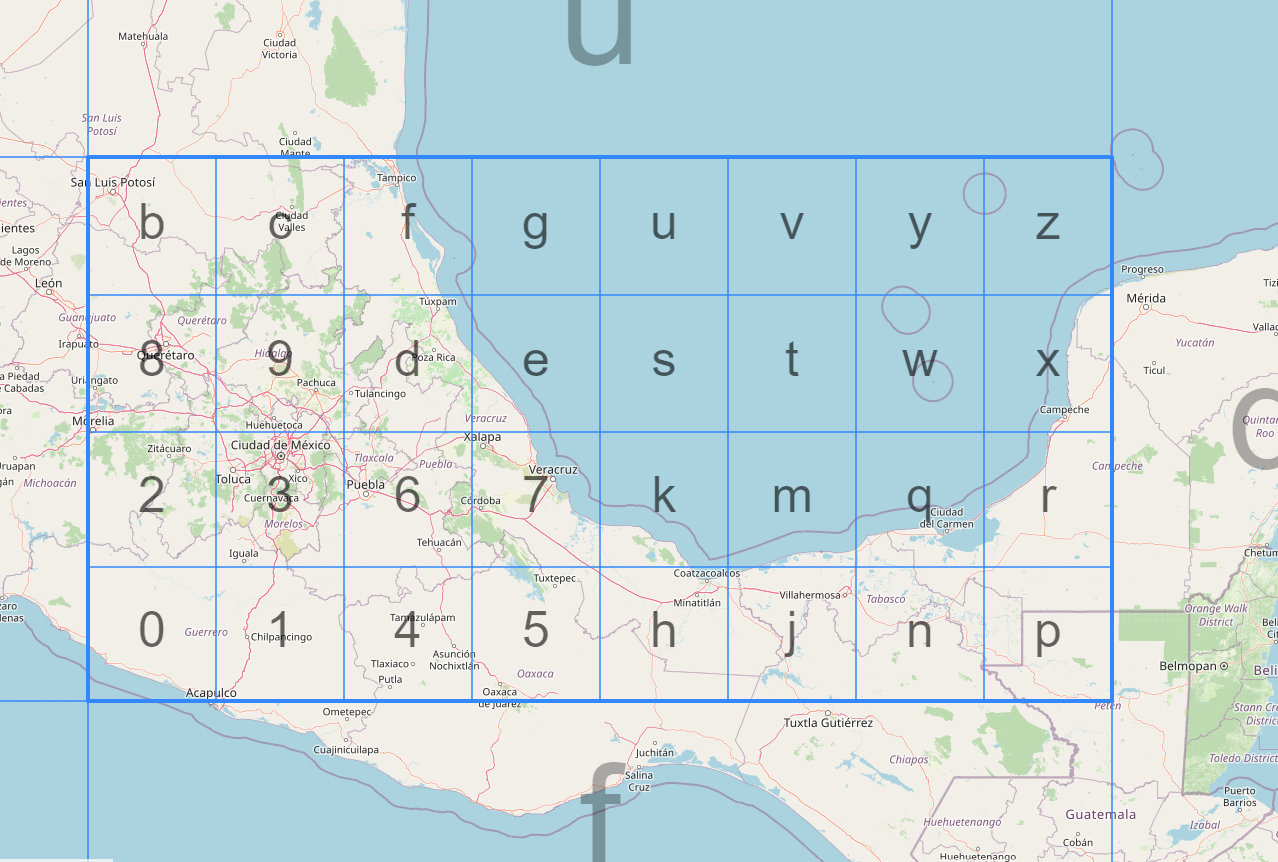
What is H3?
There are a number of geospatial indexing systems which caters to spatial data types, query requirements, and use cases, with the choice often depending largely on the needs of your geospatial application and type of data. H3 is the relatively newer kid on the geospatial block, promising accuracy and scalability. Let’s delve in to understand its defining characteristics, how it works, and its practical applications.
What is H3?
H3 is a geospatial indexing system developed by Uber Technologies. It’s designed to partition the Earth’s surface into a hierarchical grid of hexagons. Each hexagon is assigned a unique H3 index, and this grid provides a way to represent and analyse geographic data with consistent precision.
In simpler terms, H3 is a way of breaking down the world into pieces, similar to how a jigsaw puzzle has pieces that fit together. These pieces are shaped like hexagons, like the honeycomb in a beehive.
These hexagons come in different sizes, so bigger hexagons can be used to talk about big areas like a country, whereas small hexagons can be used to talk about tiny areas like a neighbourhood.
Each of these hexagons is assigned a special code to help computers and maps understand where a place is on Earth. So instead of saying you’re at a certain latitude or longitude, you can simply give the code and your location can be pinpointed exactly.
Key characteristics of H3
- Hierarchical Grid
This geospatial indexing system uses a hierarchical structure with multiple levels of hexagons. At each level, hexagons are subdivided into smaller hexagons, providing a scalable way to represent locations at different levels of detail. - Uniform Precision
Uniform precision across the globe means that hexagons at the same level of the hierarchy will represent approximately the same area, and are consistently spaced between hexagons. - Spatial Relationships
H3 provides better spatial relationships than traditional rectangular grids like latitude and longitude or Geohash. Hexagons have a more natural fit for mapping many real-world features and are less prone to distortions, especially near the poles. - Resolution Levels
By supporting multiple resolution levels, this system allows users to choose the appropriate level of detail for their application. Higher resolution levels provide more precision but may result in a larger number of hexagons to manage. - Efficient Spatial Queries
H3 makes it efficient to perform spatial queries, such as point-in-polygon tests, nearest-neighbor searches, and spatial aggregations. This is particularly valuable for applications like ride-sharing, logistics, and urban planning. - Open Source
H3 is open-source and available to the public, making it accessible for developers and researchers to use and contribute to its development. - Geospatial Libraries
H3 has been integrated into various geospatial libraries and programming languages, making it easier for developers to work with this geospatial indexing system in their applications.
How does H3 work?
Here’s a technical explanation of how H3 works:
- Hexagonal Grid
H3 starts by subdividing the Earth’s surface into hexagonal grids. These hexagons are the basic building blocks of the system. - Hierarchical Levels
H3 employs a hierarchical approach with multiple zoom levels. At each zoom level, the hexagons are divided into smaller hexagons. This hierarchy allows for representing locations with varying levels of precision. - Unique Hexagon IDs
Each hexagon in the grid is assigned a unique identifier called an H3 index. These indices are used to identify specific geographic areas. An H3 index consists of two parts: a base cell and a resolution level. The base cell determines the general area, and the resolution level refines the precision within that area.
What does H3 look like?
This geospatial indexing system partitions the globe into hexagons for accurate analysis, as indicated in this image.
Source: Uber
Real estate applications of H3
As you can imagine, a geospatial indexing system developed by ride-share company, Uber would make it indispensable for ride-sharing and navigation, optimising driver and passenger matching, but also in determining best pickup and drop off points, fare calculations and route planning.
Due to its ability to represent geo locations accurately and analyse geographical data efficiently, it has wide appeal and vast uses in real-estate too. In most situations, anytime you might use the more commonly used Geohash, you could potentially use H3.
So, how does H3 compare?
H3 is one of the geospatial indexing systems at your disposal, answering to various spatial data types, query requirements, and use cases. However, the choice between using H3 and other indexing systems depends largely on the needs of your geospatial application and type of data.
Read how H3 and Geohash compare if you’re considering which system to adopt.
Snowflake releases H3 functionality
Snowflake provides SQL functions that enable you to use H3 with GEOGRAPHY objects.
This preview feature is now available to all accounts.



